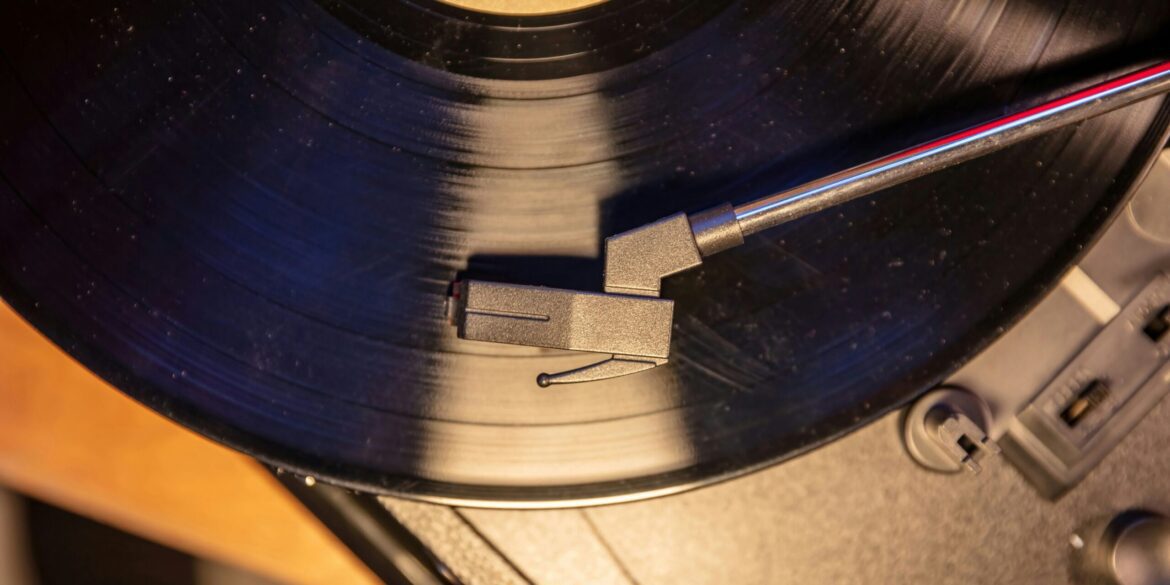By Mateo Rivera, Senior Correspondent
Across the United States, the vinyl record renaissance is fueling creativity in a fresh generation of musicians in 2025. From indie bands in Brooklyn to hip-hop producers in Atlanta, artists are embracing vinyl’s analog charm to craft distinctive sounds and storytelling styles. This revival is reshaping the music industry by blending nostalgia with innovation, proving that old-school formats can thrive in the digital age.
Vinyl’s Remarkable Comeback: A Statistical Snapshot
Once thought to be a relic of the past, vinyl records have made an extraordinary comeback in recent years. According to the Recording Industry Association of America (RIAA), vinyl sales in the U.S. surged past 40 million units in 2023, the highest since the 1980s. This upward trajectory has continued steadily into 2025, with an estimated 45 million units projected to sell this year.
Streaming dominates music consumption, yet vinyl offers something distinct—an experience that combines sound quality, artwork, and a tactile connection. Nielsen Music reports reveal that vinyl buyers tend to be younger listeners aged 18 to 34, a demographic that traditionally favors digital formats. This shift highlights how vinyl is not just a collector’s item but a viable medium shaping contemporary music culture.
Artists Embrace Vinyl: Stories from the Front Lines of Creativity
In Brooklyn’s bustling indie scene, the band The Luminous Echo has woven vinyl into their creative process. Lead singer and guitarist Maya Thompson explains: “Recording on tape and then pressing to vinyl forces us to think differently about our sound. It’s imperfect but authentic—something you can’t replicate with digital.”
Similarly, in Atlanta, hip-hop producer Marcus “Spin” Williams uses vinyl samples to craft beats. “Digging through crates for unique records gives my tracks character,” he says. “Vinyl’s warmth and crackle add a layer of emotion that digital just misses.”
These artists aren’t alone. Vinyl is becoming a key promotional tool. Limited-run vinyl releases create buzz, reward loyal fans, and add collectible value. Independent labels have noted a spike in vinyl production, with smaller batches allowing experimentation and direct fan engagement.
Vinyl’s Cultural Significance in American Music History
The resurgence taps into vinyl’s deep roots in American music heritage. From the jazz clubs of the 1950s to the rise of rock ’n’ roll and hip-hop’s golden age, vinyl was the soundtrack of cultural evolution.
Music historian Dr. Susan Harris from New York University remarks, “Vinyl records were more than just carriers of music; they shaped how we listened, shared, and experienced songs. The physical act of playing a record was communal and intentional, which is something many young listeners now crave.”
For many, vinyl represents a tactile, ritualistic experience contrasting the convenience of streaming. The large album art, liner notes, and the act of placing the needle create a sense of connection and respect for the music that digital platforms often lack.
Why Vinyl? Expert Insights on Its Sonic and Tactile Appeal
Audio engineer Tom Delgado highlights vinyl’s unique sonic qualities: “Vinyl offers a fuller, warmer sound due to its analog format. Digital compression can lose subtle details, but vinyl captures nuances in a way that feels more ‘alive’.”
Psychologists studying music consumption note the sensory engagement vinyl provides. Dr. Laura Chen, a cognitive scientist, explains: “The multi-sensory experience—touching the record, hearing the crackle—enhances emotional connection and memory formation around the music.”
These sensory factors contribute to why musicians and listeners are drawn back to vinyl despite the convenience of digital formats. The revival isn’t about rejecting new technology but integrating the best of both worlds.
The Future of Music Distribution: Analog Meets Digital
Looking ahead, the music industry is exploring innovative hybrids that combine vinyl’s tactile qualities with digital convenience. Startups are developing smart turntables that sync with streaming services, allowing users to discover tracks digitally while maintaining the analog experience.
Record labels are also experimenting with augmented reality (AR) album covers accessible via smartphones, offering interactive liner notes and exclusive content alongside vinyl releases.
Industry analyst Rachel Kim notes, “The vinyl revival has spurred new models for music distribution, marketing, and fan engagement. It’s a reminder that music consumption isn’t just about access but about the quality and depth of the experience.”
Key Takeaways: The Vinyl Revival Driving New Creativity
-
Vinyl sales in the U.S. have surged to over 45 million units in 2025, led by younger audiences.
-
Musicians from diverse genres embrace vinyl for its authentic sound and creative inspiration.
-
Vinyl holds a significant place in American music history, offering a tactile, communal listening experience.
-
Experts praise vinyl’s warm analog sound and the enhanced sensory engagement it provides.
-
The future blends analog and digital, with tech innovations expanding vinyl’s role in music distribution.
The vinyl renaissance is more than a nostalgic trend—it’s a cultural movement invigorating American music. For a new generation of musicians, vinyl is a source of inspiration, creativity, and connection, proving that the charm of analog can thrive in a digital world.

